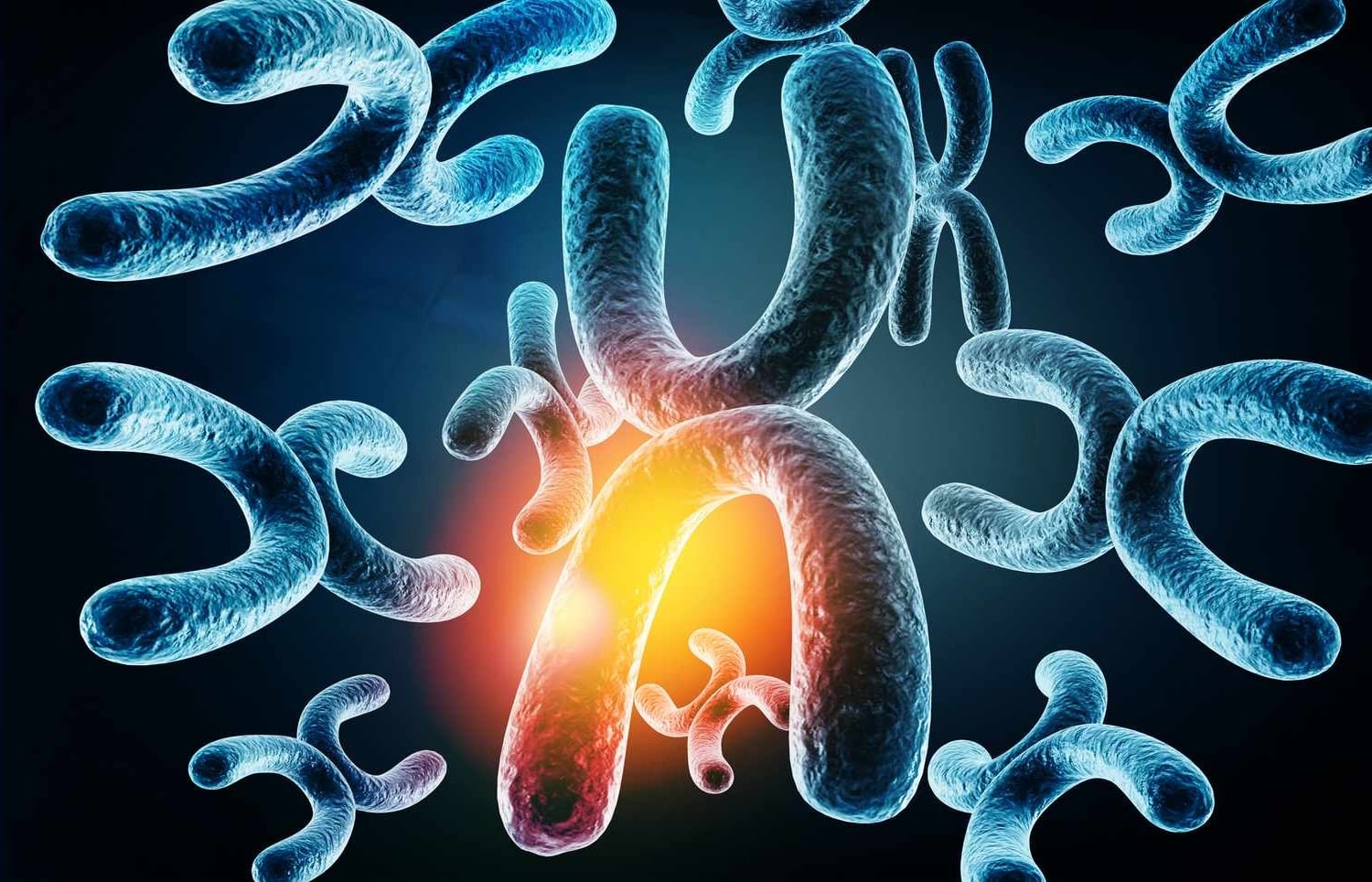
Wiskott-Aldrich Syndrome (WAS) is a rare genetic disorder that affects the immune system and blood clotting. Caused by mutations in the WAS gene, this condition primarily impacts males. Symptoms often include eczema, recurrent infections, and a tendency to bleed easily. Diagnosed through genetic testing, early detection is crucial for managing the disease effectively. Treatments range from antibiotics and immunoglobulin therapy to bone marrow transplants. Living with WAS can be challenging, but advancements in medical research offer hope. Understanding this syndrome is essential for those affected and their families, providing a pathway to better care and support.
Key Takeaways:
- Wiskott-Aldrich Syndrome is a rare genetic disorder affecting the immune system and blood clotting, primarily in males. Early diagnosis and comprehensive care are crucial for managing the condition.
- Research and ongoing clinical trials offer hope for new treatments and improved quality of life for individuals with Wiskott-Aldrich Syndrome. Support networks and advocacy groups play a vital role in raising awareness and providing assistance.
What is Wiskott-Aldrich Syndrome?
Wiskott-Aldrich Syndrome (WAS) is a rare genetic disorder that affects the immune system and blood clotting. It primarily impacts males due to its X-linked inheritance pattern. Here are some intriguing facts about this condition.
- WAS is caused by mutations in the WAS gene located on the X chromosome.
- The syndrome was first described by Dr. Alfred Wiskott in 1937.
- Dr. Robert Aldrich further characterized the condition in 1954, hence the name Wiskott-Aldrich Syndrome.
- WAS affects approximately 1 in 100,000 live male births.
- Symptoms often appear in infancy or early childhood.
Symptoms and Diagnosis
Understanding the symptoms and how WAS is diagnosed can help in early detection and management.
- Common symptoms include eczema, recurrent infections, and a low platelet count.
- Petechiae, small red or purple spots on the skin, are often seen due to low platelets.
- Children with WAS may experience frequent nosebleeds and prolonged bleeding from minor cuts.
- Autoimmune disorders are common in WAS patients, affecting around 40% of individuals.
- WAS can lead to an increased risk of developing certain cancers, particularly lymphomas.
Genetic Aspects
The genetic basis of WAS is crucial for understanding its inheritance and potential treatments.
- WAS is inherited in an X-linked recessive pattern, meaning it primarily affects males.
- Females can be carriers of the mutation without showing symptoms.
- Genetic testing can confirm a diagnosis by identifying mutations in the WAS gene.
- Prenatal testing is available for families with a known history of WAS.
- Genetic counseling is recommended for families affected by WAS.
Treatment Options
While there is no cure for WAS, several treatments can help manage the symptoms and improve quality of life.
- Bone marrow transplantation is the only curative treatment for WAS.
- Gene therapy is an emerging treatment option showing promise in clinical trials.
- Immunoglobulin replacement therapy can help reduce the frequency of infections.
- Splenectomy, or removal of the spleen, may be considered in severe cases to reduce bleeding risks.
- Antibiotics are often prescribed to prevent and treat infections.
Living with Wiskott-Aldrich Syndrome
Managing WAS involves a multidisciplinary approach to address the various symptoms and complications.
- Regular follow-ups with a hematologist and immunologist are essential.
- Physical therapy can help improve motor skills and muscle strength.
- Nutritional support is important to maintain a healthy immune system.
- Psychological support can benefit both patients and their families.
- Educational support may be necessary due to frequent absences from school.
Research and Future Directions
Ongoing research is crucial for developing new treatments and improving the lives of those with WAS.
- Researchers are exploring CRISPR-Cas9 technology for potential gene editing therapies.
- Clinical trials are investigating the efficacy of new gene therapies.
- Studies are being conducted to better understand the immune system dysfunction in WAS.
- Patient registries help collect data to improve understanding and treatment of WAS.
- Collaboration between international research centers is accelerating progress in WAS research.
Support and Resources
Support networks and resources can provide valuable assistance to families affected by WAS.
- The Wiskott-Aldrich Foundation offers support and information to families.
- Online support groups connect families and individuals living with WAS.
- Educational materials are available to help families understand and manage the condition.
- Financial assistance programs can help cover the costs of treatment and care.
- Advocacy groups work to raise awareness and funding for WAS research.
Interesting Historical Facts
The history of WAS provides insight into how our understanding of the condition has evolved.
- The first case of WAS was described in a family with three affected brothers.
- Dr. Wiskott initially thought the condition was a form of hemophilia.
- The connection between WAS and immune system dysfunction was not recognized until the 1960s.
- The WAS gene was identified in 1994, leading to better diagnostic tools.
- The first successful bone marrow transplant for WAS was performed in the 1980s.
Notable Cases and Awareness
Highlighting notable cases and awareness efforts can inspire and inform.
- Public figures have helped raise awareness about WAS through media campaigns.
- Documentaries and films have been made to educate the public about WAS.
- Awareness days are held annually to promote understanding of WAS.
- Fundraising events support research and patient care initiatives.
- Social media campaigns have increased visibility and support for WAS.
Conclusion
Wiskott-Aldrich Syndrome is a complex condition that requires comprehensive care and ongoing research. Understanding its genetic basis, symptoms, and treatment options can help improve the lives of those affected. Here are a few more facts to round out our list.
- WAS patients often have low levels of IgM antibodies.
- Thrombocytopenia, or low platelet count, is a hallmark of WAS.
- Stem cell transplantation is being explored as a treatment option.
- Early diagnosis can significantly improve outcomes for WAS patients.
- Family support is crucial for managing the emotional and physical challenges of WAS.
Final Thoughts on Wiskott-Aldrich Syndrome
Wiskott-Aldrich Syndrome (WAS) is a rare genetic disorder that affects the immune system and blood clotting. Understanding its symptoms, causes, and treatments can help those affected manage their condition better. Early diagnosis and medical intervention are crucial for improving quality of life.
Advancements in gene therapy and bone marrow transplants offer hope for more effective treatments. Support from healthcare professionals, family, and patient communities plays a vital role in coping with WAS.
Raising awareness about this condition can lead to better research funding and improved patient outcomes. If you or someone you know is affected by WAS, seeking medical advice and connecting with support groups can make a significant difference.
Stay informed, stay connected, and never underestimate the power of knowledge in managing health challenges.
Frequently Asked Questions
Was this page helpful?
Our commitment to delivering trustworthy and engaging content is at the heart of what we do. Each fact on our site is contributed by real users like you, bringing a wealth of diverse insights and information. To ensure the highest standards of accuracy and reliability, our dedicated editors meticulously review each submission. This process guarantees that the facts we share are not only fascinating but also credible. Trust in our commitment to quality and authenticity as you explore and learn with us.


